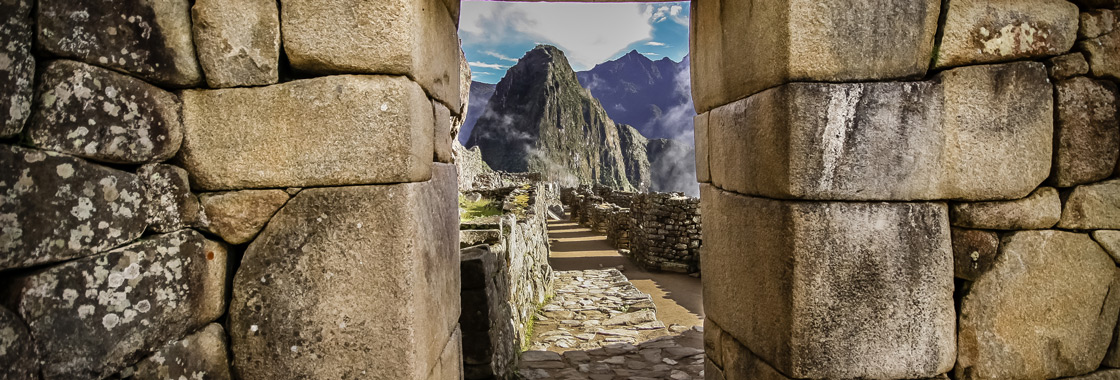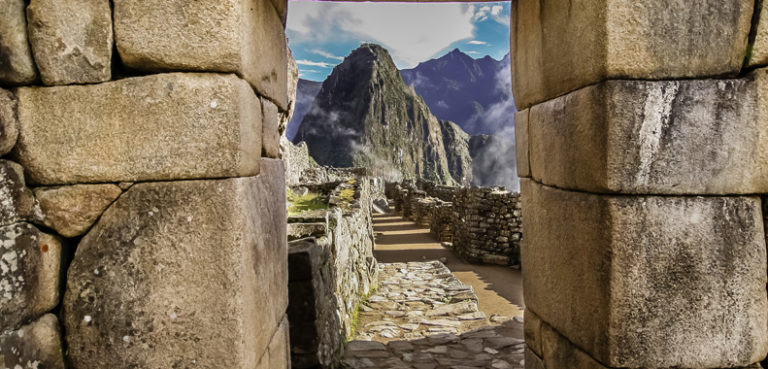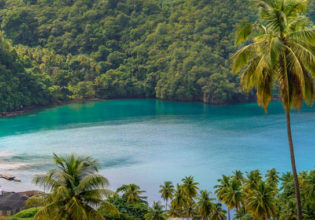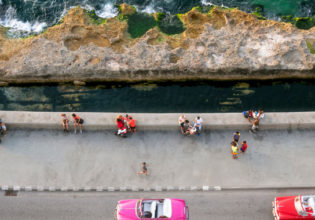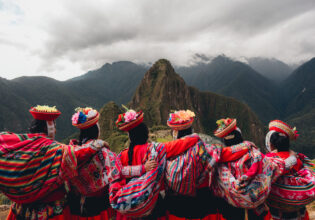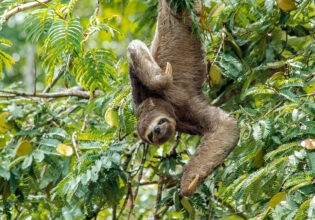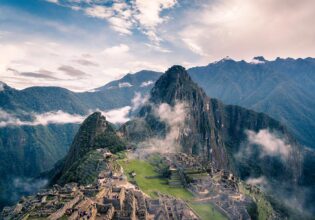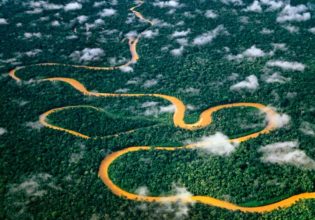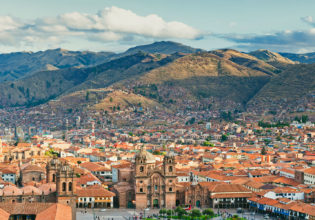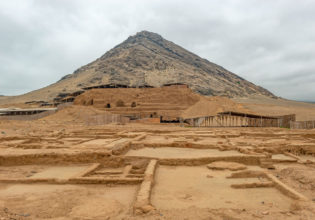Hidden treasures, ancient cultures and rich colonial tradition make Peru offer so much more than just its famous (and yes, amazing) pilgrimage to the mysterious ruins of Machu Picchu. Welcome to our Peru travel guide.
From its dense jungle and coastal desert to the glacial peaks of the Andes, the land of the Incas is an empire of different worlds to explore.
Let’s start with Lima – the third largest city in the Americas, just behind São Paulo and Mexico City. In such a vast city it is good to think local: Barranco is a must-visit neighbourhood, with a wealth of art, cafes and restaurants to experience among gorgeous, elegant historic mansions.
Once the Incan empire’s foremost city, cosmopolitan Cuzco is now the archaeological capital of the Americas. Ornate cathedrals sit alongside Incan temples against a backdrop of forested hills and snow-covered mountain peaks. It is the gateway to big-ticket sights such as the Temple of the Sun, Sacsayhuaman, The Sacred Valley, and the Inca Trail.
Today’s Inca Trail is actually the spectacular last leg of the Incan Road as it enters the crowning glory of Machu Picchu, the 15th century Inca city spread across a mountain clearing at the top of the world.
There are two ways to take in the Inca Trail and Machu Picchu: by trekking the 43 kilometres over four days or via train.
If you want to avoid the Machu Picchu crowds you might like to look at some of the lesser-known alternative treks. The Lares (or Weavers Way) is fast becoming a popular choice with its mix of sprawling tropical valleys and remote Andean communities while the exhilarating, high altitude Salkantay Trek is also becoming increasingly popular.
Lake Titicaca – the world’s highest navigable lake – is a patchwork of islands both natural and manmade. Its floating islands, constructed from reeds, are inhabited by one of the oldest-known tribes in the Americas practising centuries-old traditions. Taquile Island offers a unique glimpse into everyday life, particularly weaving and knitting; its men can often be seen walking across the island, knitting as they go.
Slicing through the High Andes, the spectacular Colca Canyon is reputedly twice as deep as the Grand Canyon and is still inhabited, its pre-Colombian terraced fields still supporting many agricultural communities. Travellers come to experience endless trekking routes, breathtaking vistas and the opportunity to spot the rare Andean Condor.
A huge, lush swathe of the Amazon covers more than half of Peru and is possibly the most biodiverse region on Earth. Amazonas offers travellers the stuff of adventure novels with phenomenal wildlife-spotting, treks into untamed jungle, gigantic waterfalls, indigenous tribes and ancient archaeological ruins.
From the high-altitude grasslands of the Andes down to cloud forests and thick Amazon jungle, Manú National Park encompasses a unique wilderness that UNESCO recognised as a Biosphere Reserve before declaring it a World Heritage Site in 1987.
Its diverse range of habitats, which cover an area nearly half the size of Switzerland, means the park is host to an abundance of life – so much so that late last year it was found to have the highest terrestrial biodiversity of any protected area on Earth.
